Description
Pressure switches are pressure actuated electrical switches. Wich simply means, that there is an electrical switch, which is forced open or closed by air pressure.
The air pressure at the inlet port acts on a flexible membrane. The pressure in transformed into a force. How much force depends on two things: the area (square mm’s) of the membrane and the pressure (bar) of the compressed air. Since the area is constant, the force generated is directly proportional to the air pressure.
The other side of the membrane is connected to a spring and a lever that acts on the electrical switch. As long as the downward force of the spring is higher than the upward force of the compressed air, the membrane (and lever) stay down.
But when the pressure rises, there comes a point where the upward force of the compressed air is higher than the downward force of the spring. The membrane (and lever) will move upward at this point. When the membrane moves upward, so does the lever. The lever in turn opens the electrical contacts and the compressor stops.
Now this isn’t a direct connection, but there is an ingenious mechanism inside, that makes the switch flip-over at once, at a certain pressure, and not slowly slowly (“snap-action”). This mechanism is also connected to the second set-screw which sets the differential pressure. For the inner workings of the pressure switch, this simply means that the switch closes again at a lower pressure than the pressure where the switch closes (built-in hysteresis)

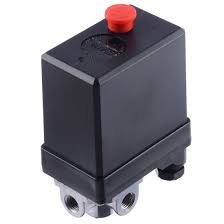
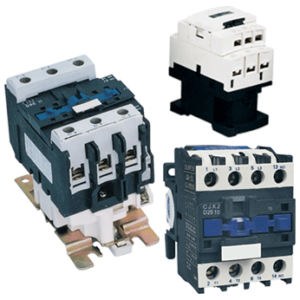
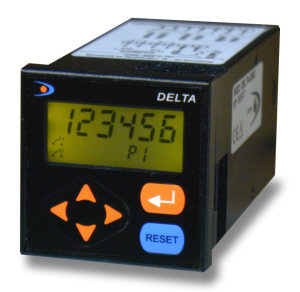
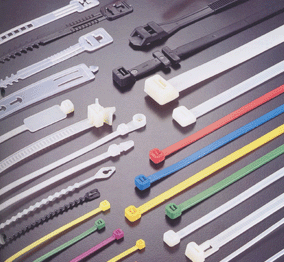
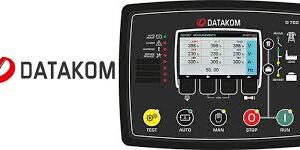

Reviews
There are no reviews yet.